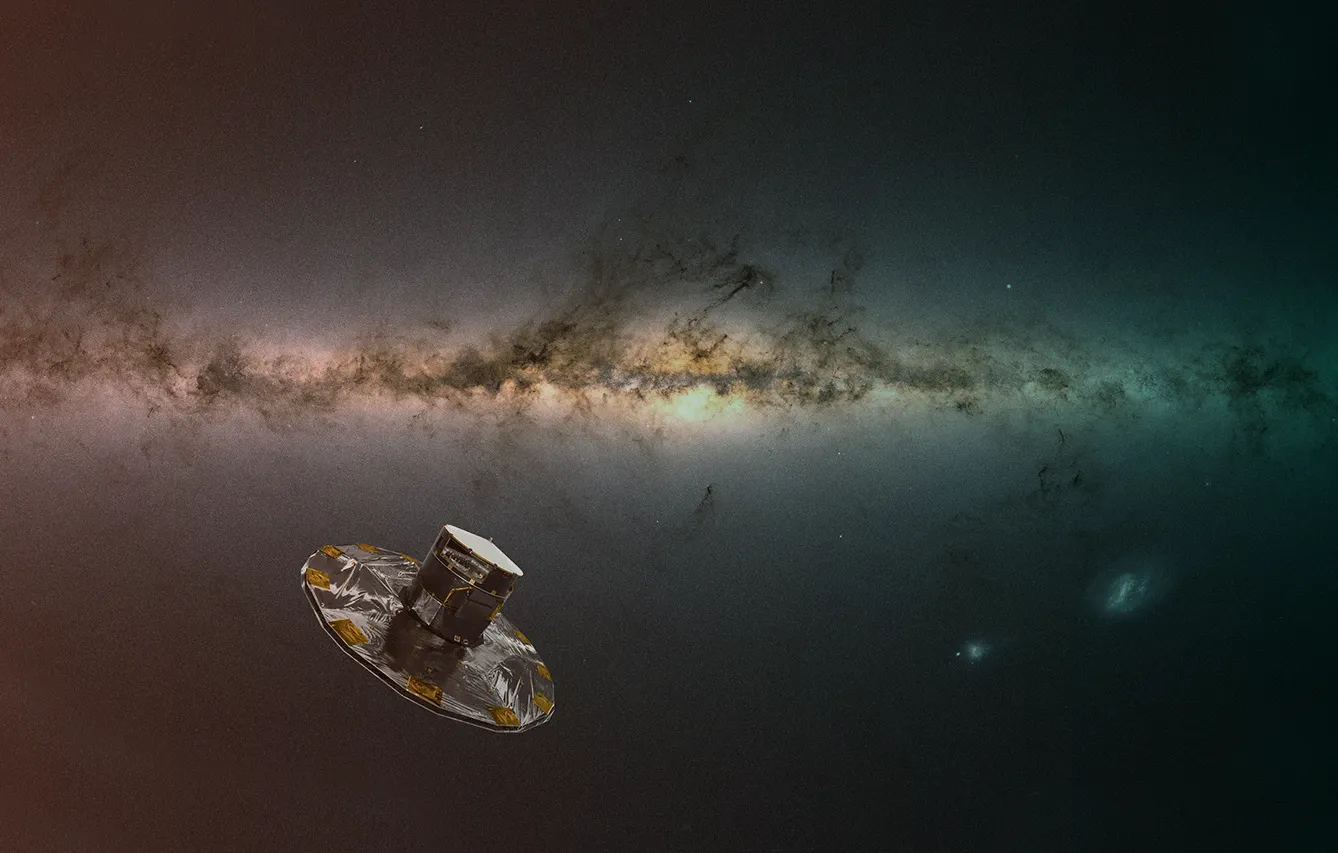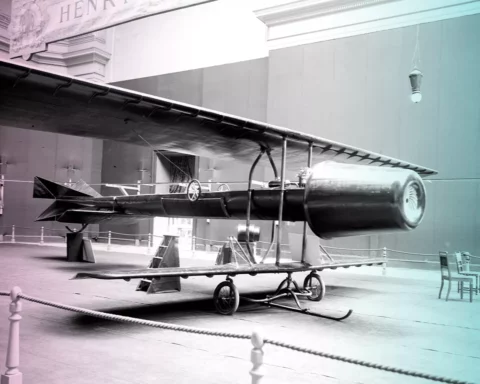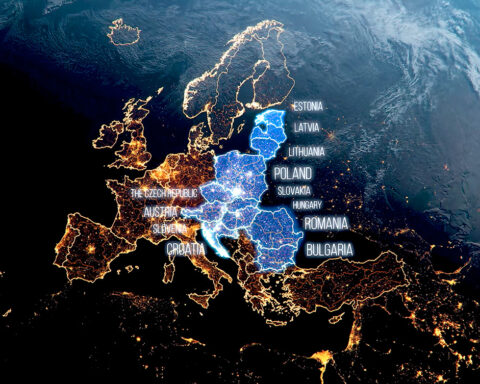Estonia, a small country in the Baltic region of Europe, may not be the first place that comes to mind when considering space exploration. However, Estonia has significantly contributed to Space Science, particularly in space technology and remote sensing.
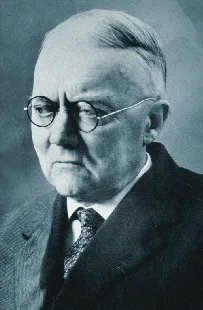
Tartu Observatory
In many ways, Tartu Observatory is a central point on the map of Estonian cosmological science. It is one of the oldest active astronomical observatories in the world. The observatory has a long tradition of studying galaxies and theoretically modeling the structure of the universe and its formation. Founded in 1802, it has been a launch site for many careers of prominent astronomers such as Ernst Julius Öpik and Jaan Einasto.
Ernst Julius Öpik
Ernst Öpik, who was just associated with the Tartu Observatory, was one of the most outstanding astronomers of his generation. He worked at the observatory from 1921 to 1944, with a small break in 1930-34, when he conducted research at Harvard College Observatory. He is the author of the concept of a distant circumstellar cloud of matter from which comets originated (the so-called Öpik-Oort Cloud), which he proposed as early as 1932. His contribution to the study of small solar system objects is invaluable. Thanks to his statistical analysis of asteroids and comets crossing the Earth’s orbit, scientists could understand the motion of these celestial bodies and their impact on Earth. It is also interesting to know that the density of Mars’ impact craters Öpik was only able to calculate, was fully confirmed by Mars exploration missions. He significantly contributed to other fields of science, not only astronomy.
Salyut and MIR Stations
With extensive experience in the detection of distant objects, their study, and measurement, Estonia was involved in the Cold War Soviet space station projects, Salyut and MIR. This involvement included, among other things, the construction and installation of several measurement devices, such as a shining night clouds observer device for the Salyut 7 station and the FAZA telespectrometer of Kvant-2 module for the MIR Station.
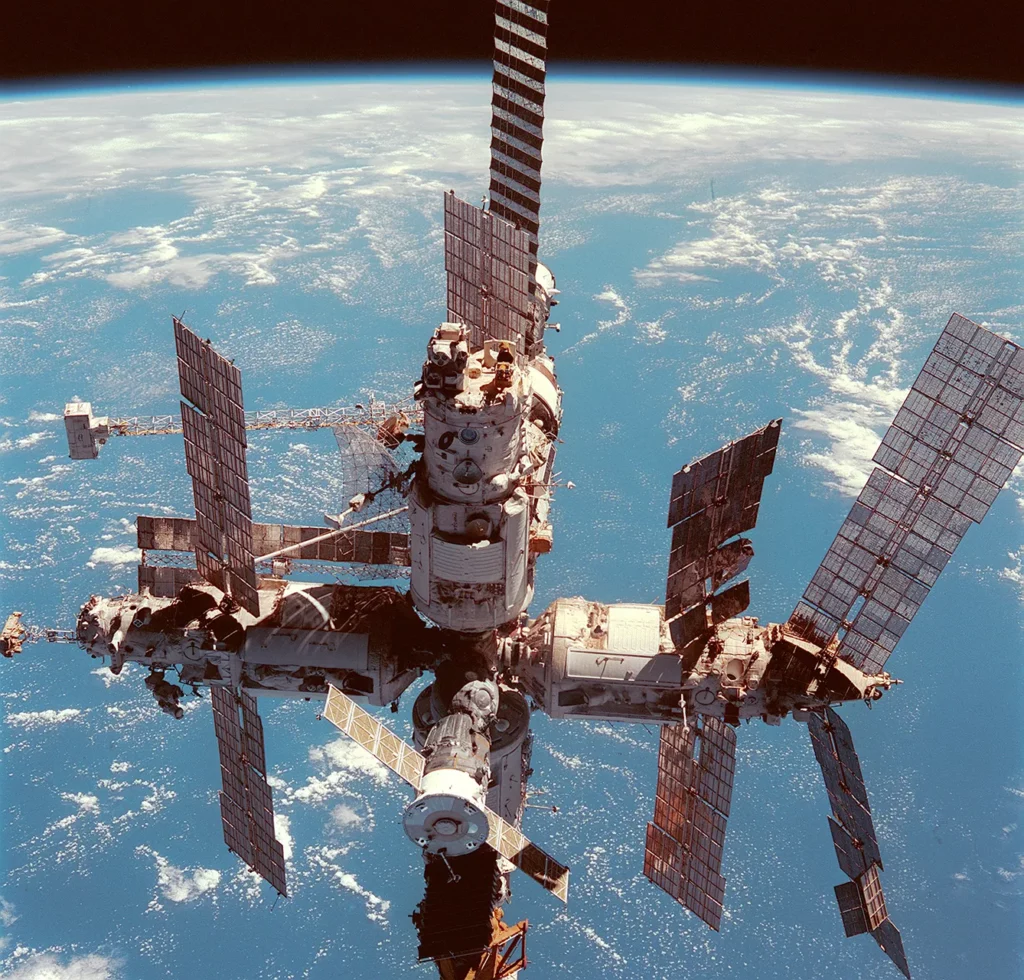
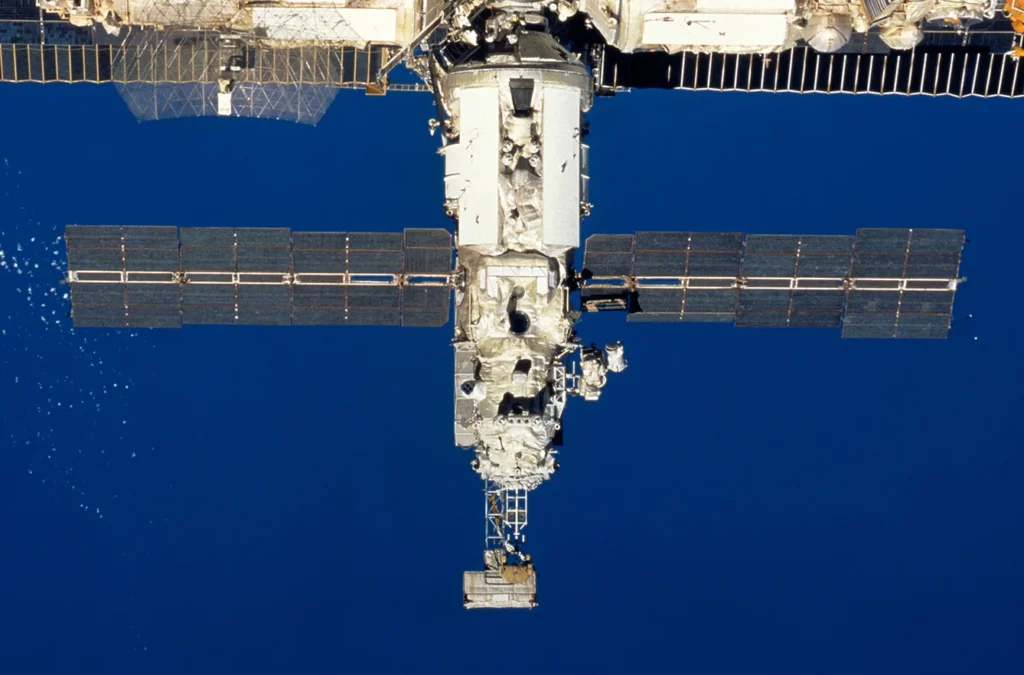
European Space Agency
Given the above research achievements, infrastructure, almost two hundred years of astronomical traditions, and the intellectual potential of Estonian scientists, it is not surprising that Estonia was the first of the Baltic States to join the European Space Agency in 2015 after signing a cooperation agreement in 2007.
We might not go to space, but we have an excellent opportunity to convey our ideas.
– Director Laurits Leedjärv of the Tartu Observatory
Joining ESA allowed Estonia to develop further its space sector specializing in the detection and exploration of distant objects, as well as communications, which had a significant impact on the success of, among other things, Mars Express, ESA’s first Martian mission. Indeed, Estonians built the radio telescope reflector in Australia for tracking the Mars Express flight to the Red Planet.
Estonian scientists also have collaborated with the ESA program Gaia. As the spectrometry experts, they were working on a space probe capable of measuring the brightness and exact coordinates of millions of space objects in our galaxies and more distant galaxies.
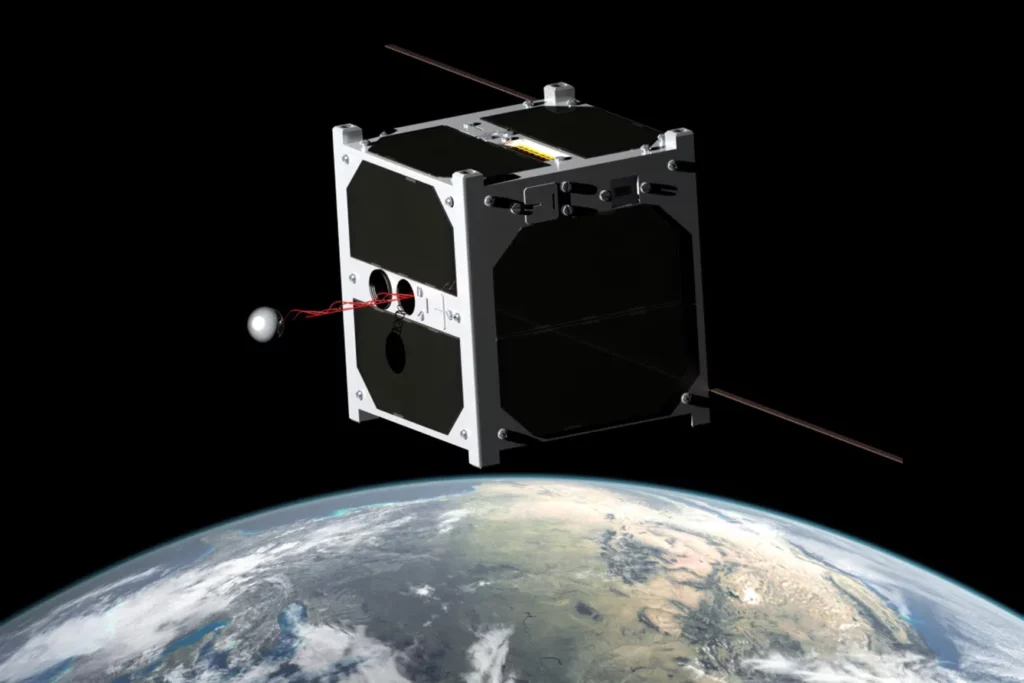
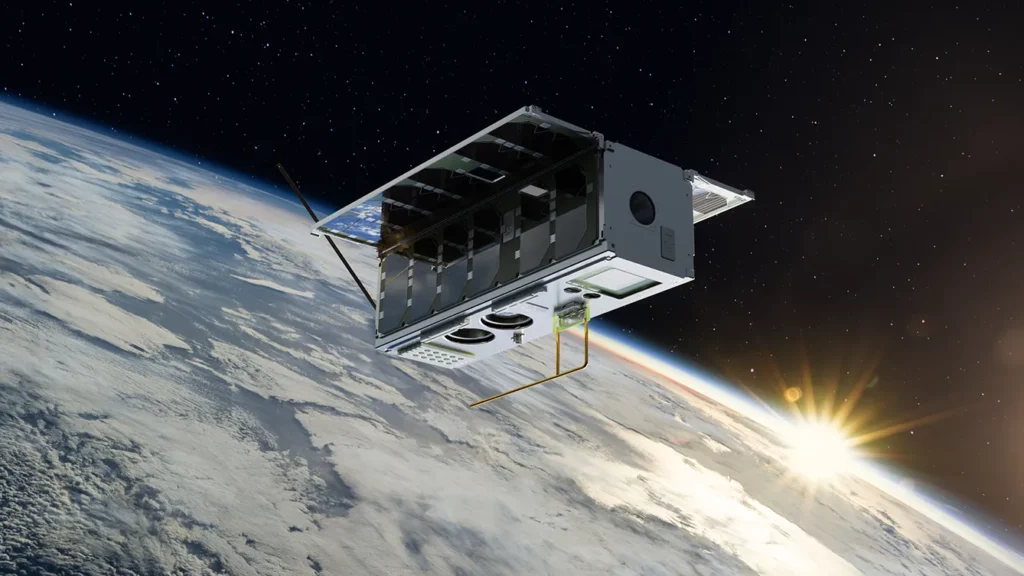
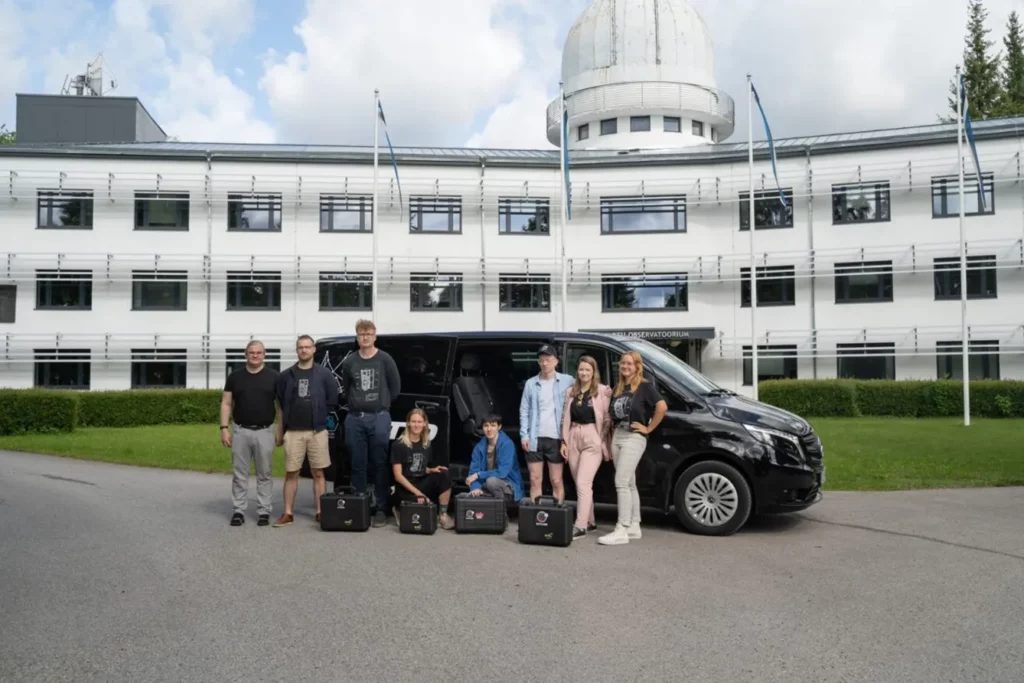
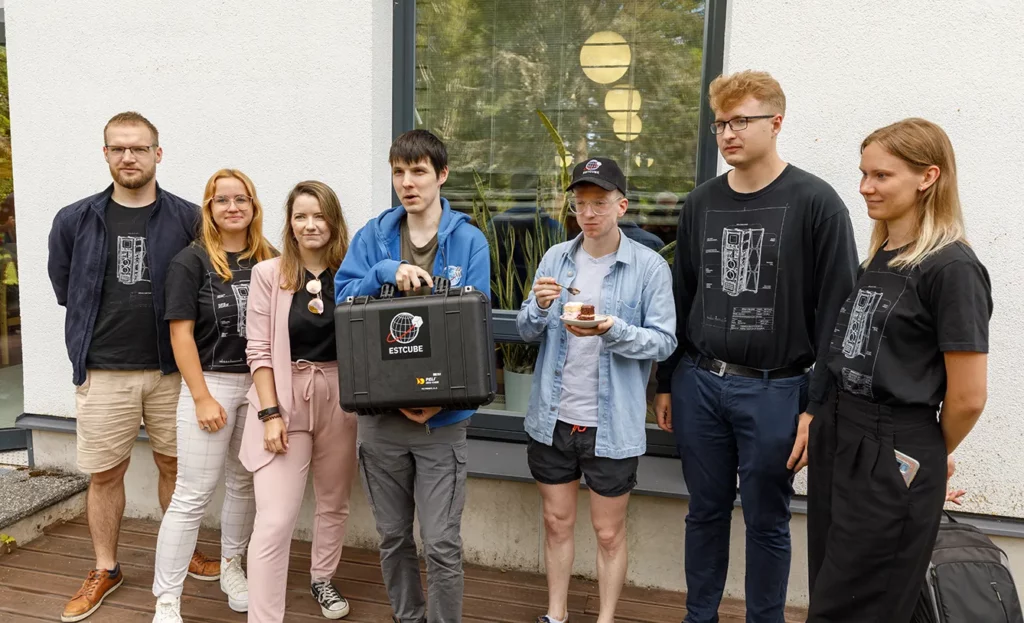
In 2013, Estonia joined forces with Finland to build the ESTCube-1 nanosatellite, investigating the possibility of using solar wind as a propulsion source for an electric solar sail developed by Finnish scientist Pekka Janhunen.
A nanosatellite ESTCube-2 is now scheduled for launch in spring 2023, continuing the previous mission. This time, the solar e-sail will be used to test the satellite’s deorbit capability.
As you can see, despite its small size, Estonia has a long and rich history of scientific and technological achievements connected to space science. What else will it surprise space exploration enthusiasts with in the future?


